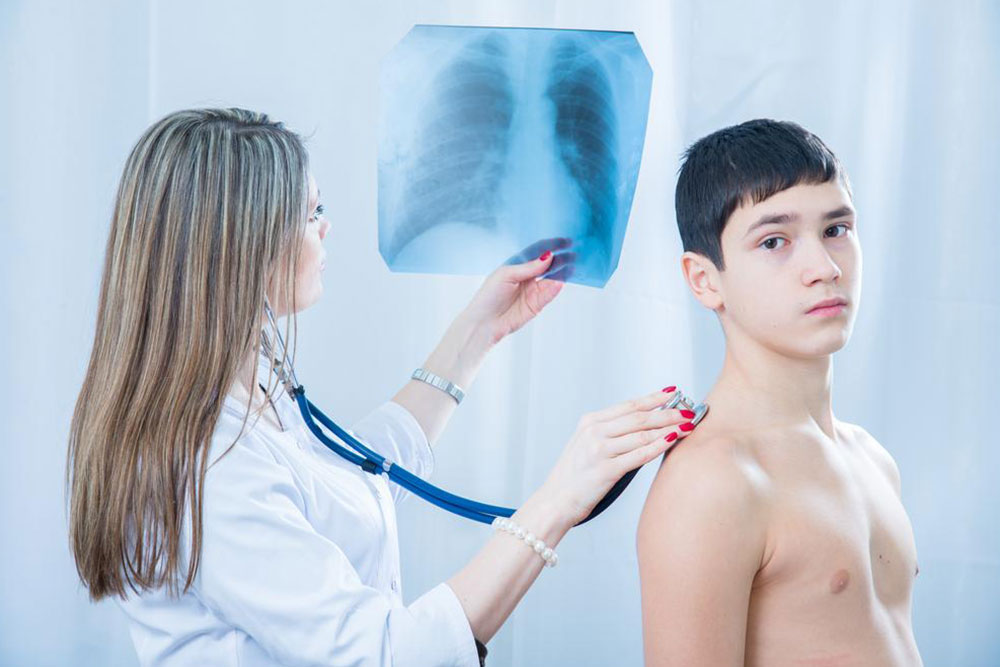Comprehensive Guide to Pneumonia: Symptoms, Risks, and Preventive Strategies
Pneumonia is a common lung infection affecting all ages, with symptoms like cough, fever, and difficulty breathing. Early detection and treatment are critical, and preventive measures such as vaccination, hygiene, and lifestyle choices can significantly lower risk. Understanding pneumonia’s risk factors and symptoms helps in timely diagnosis, reducing complications and saving lives. This comprehensive guide discusses the causes, symptoms, risk factors, diagnostic methods, and prevention strategies for pneumonia, emphasizing the importance of awareness and preventive healthcare for better respiratory health.

Comprehensive Guide to Pneumonia: Symptoms, Risks, and Preventive Strategies
Pneumonia remains one of the most prevalent respiratory infections affecting individuals across all age groups worldwide. It is an inflammatory condition of the lungs that can range from mild to life-threatening. The disease primarily occurs when the alveoli—the tiny air sacs responsible for oxygen exchange—become inflamed and fill with fluid or pus, significantly impairing the body's ability to oxygenate blood effectively. Understanding the various facets of pneumonia, including its symptoms, risk factors, and effective preventive measures, is crucial for early detection and reducing its overall health impact.
Patients affected by pneumonia can present with a wide spectrum of symptoms that often depend on age, overall health, and the underlying cause of infection. Commonly, symptoms include persistent cough, chest discomfort, fever, chills, fatigue, and shortness of breath. In vulnerable populations like infants and the elderly, these symptoms can manifest differently, making diagnosis more challenging. For infants, lethargy, irritability, or difficulty feeding might be signs of pneumonia, whereas older adults may experience confusion or sudden mental status changes alongside typical symptoms.
Most pneumonia cases are caused by bacterial or viral agents, although fungi and other pathogens can also be responsible. Bacterial pneumonia, often caused by Streptococcus pneumoniae, tends to present with high fever, significant chills, faster heartbeat, sweating, and increased respiratory distress. Viral pneumonia, which is more common during flu seasons, generally exhibits milder symptoms such as dry cough, moderate fever, and muscle aches, resembling severe flu symptoms.
The risk factors for developing pneumonia include viral infections such as influenza, chronic respiratory illnesses like asthma or COPD, compromised immune systems, smoking habits, recent surgeries, and underlying health conditions like heart disease or diabetes. Young children and the elderly are particularly susceptible due to their weaker immune defenses and underdeveloped or declining lung function.
Timely diagnosis and treatment are vital to recover and avoid severe complications like respiratory failure, sepsis, or lung abscesses. Diagnostic methods include chest X-rays, blood tests, sputum analysis, and clinical examination to identify the causative agent. Treatment typically involves antibiotics for bacterial pneumonia, antiviral medications for specific viral cases, supportive care including oxygen therapy, hydration, and rest.
Preventive strategies play a crucial role in reducing the incidence of pneumonia. Vaccination is highly effective, especially for children and high-risk groups. The pneumococcal vaccine protects against the most common bacterial strains, while the annual influenza vaccine can prevent influenza-related secondary pneumonia. Maintaining good hygiene practices such as frequent handwashing, covering the mouth when coughing or sneezing, and avoiding smoking are essential preventive measures.
Adopting a healthy lifestyle by maintaining a balanced diet, staying physically active, and avoiding tobacco use strengthens the immune system and reduces susceptibility. For those with chronic conditions or weakened immunity, regular medical check-ups and vaccinations are highly recommended to stay protected against preventable infections. Educating communities about pneumonia symptoms and encouraging early healthcare engagement can save lives and reduce health care burdens.
Ultimately, awareness, vaccination, and prompt medical attention remain the cornerstones of effective pneumonia management and prevention. Especially in vulnerable populations, these measures can significantly decrease hospitalization rates, prevent complications, and improve overall quality of life.





